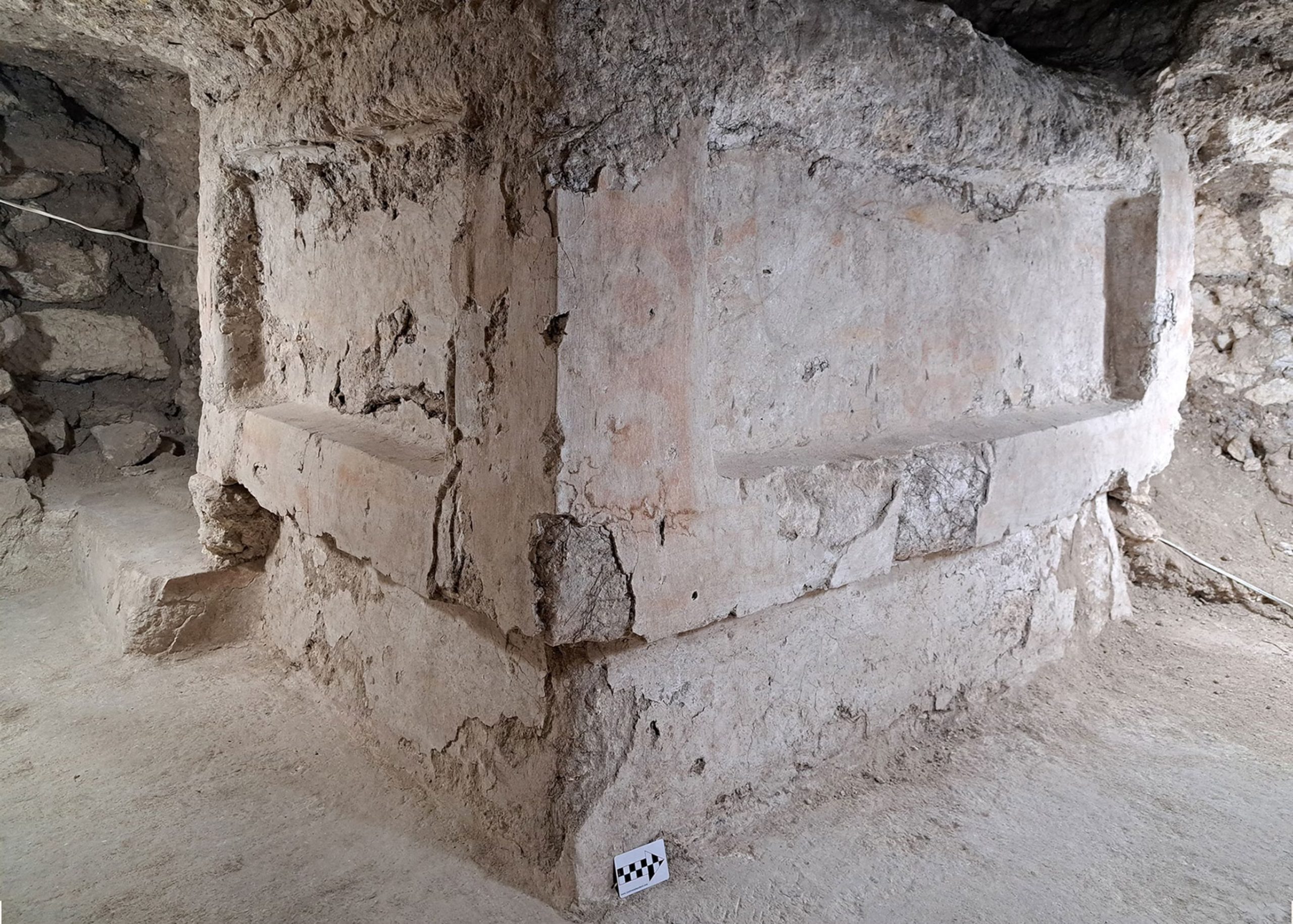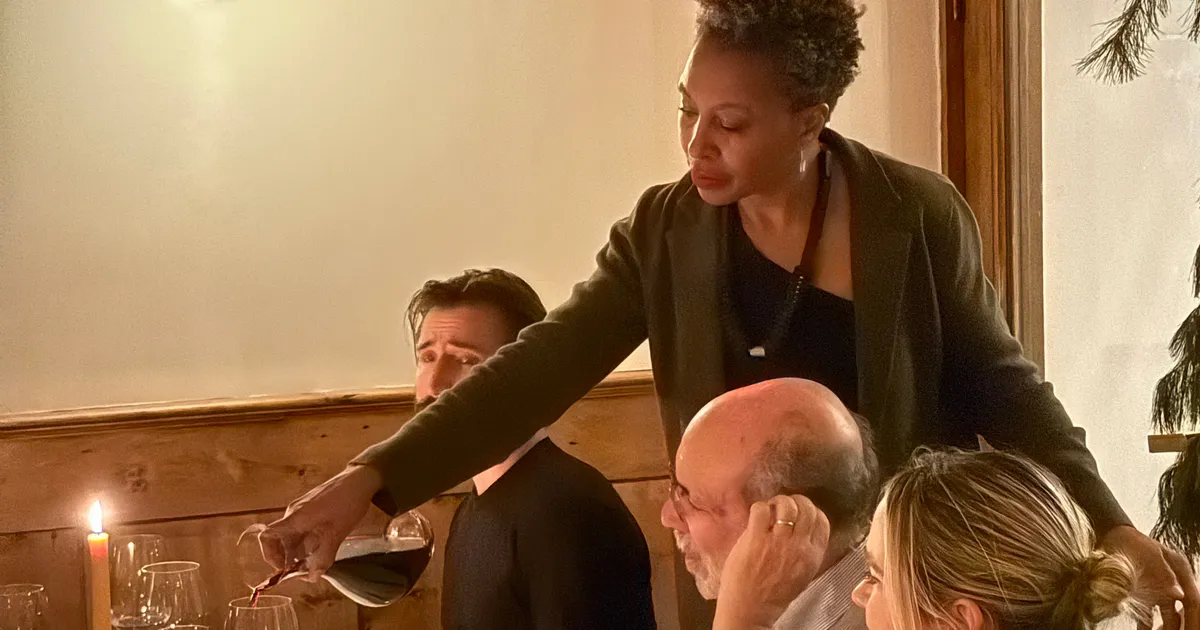Archaeologists excavating the ancient Maya city of Tikal have unearthed a 1,600-year-old altar surrounded by the remains of children believed to have been sacrificed. The discovery adds evidence to the theory that Tikal was under the control of Teotihuacan, a powerful city from central Mexico. The presence of grave goods and altar artwork strongly suggests Teotihuacan’s religious and political influence.
The Maya dynasty of Tikal appears to have continued, but under the domination of Teotihuacan elites. According to archaeologist Stephen Houston, this foreign influence was not peaceful but marked by the violent assertion of power. The altar and sacrificial remains point to rituals intended to secure Teotihuacan’s dominance over the local population.
Architectural Influence, Political Upheaval, and Ritual Sacrifice Mark Teotihuacan’s Domination of Tikal
The altar was found in a ceremonial area modeled after Teotihuacan’s own architecture, including a large pyramid. Lidar scans revealed structures styled after those found in Teotihuacan, suggesting deep cultural influence. These details reinforce the notion that Teotihuacan’s reach extended far beyond trade, involving direct control or colonization of Tikal.

The idea that Tikal was taken over through a military or political coup dates back to the 1960s. Glyphs found at Tikal mention the arrival of Siyaj K’ak’ (“Fire is Born”) in A.D. 378, a warlord with apparent Teotihuacan ties. His arrival coincided with the sudden death of Tikal’s Maya king and the installment of a new ruler potentially connected to Teotihuacan, indicating a shift in power driven by external forces.
Carbon dating and archaeological evidence suggest that the altar and plaza were constructed during the time of Teotihuacan’s dominance. The remains of six individuals, including four young children, were found in or around the altar. The sacrificial burials were consistent with practices seen in Teotihuacan, especially the seated position of the children and use of grave items like green obsidian.
Teotihuacan’s Art, Symbols, and Legacy Etched Deep into Tikal’s Cultural Memory
The altar itself is richly adorned with symbols and images associated with Teotihuacan’s god of war and storms. The artwork—characterized by flat color fields, stylized fangs, and elaborate headdresses—is distinctly non-Maya, pointing to skilled artisans trained in Teotihuacan. This visual language reinforced Teotihuacan’s ideological authority over the local population.
Despite its decline around the 6th century, Teotihuacan left a lasting imprint on Tikal. The ceremonial precinct was eventually abandoned, perhaps due to its association with traumatic memories. However, Teotihuacan’s artistic and cultural influence persisted in Tikal’s art and inscriptions, even centuries after its control had ended.
While Teotihuacan lacked its own writing system, Maya inscriptions at Tikal provide critical insights into the relationship between the two cities. Newly discovered glyphs even reference the “land of the five snow-covered volcanoes”—a poetic allusion to the area surrounding modern-day Mexico City. Through Maya writing, scholars are piecing together the story of Teotihuacan’s expansive reach and enigmatic power.


